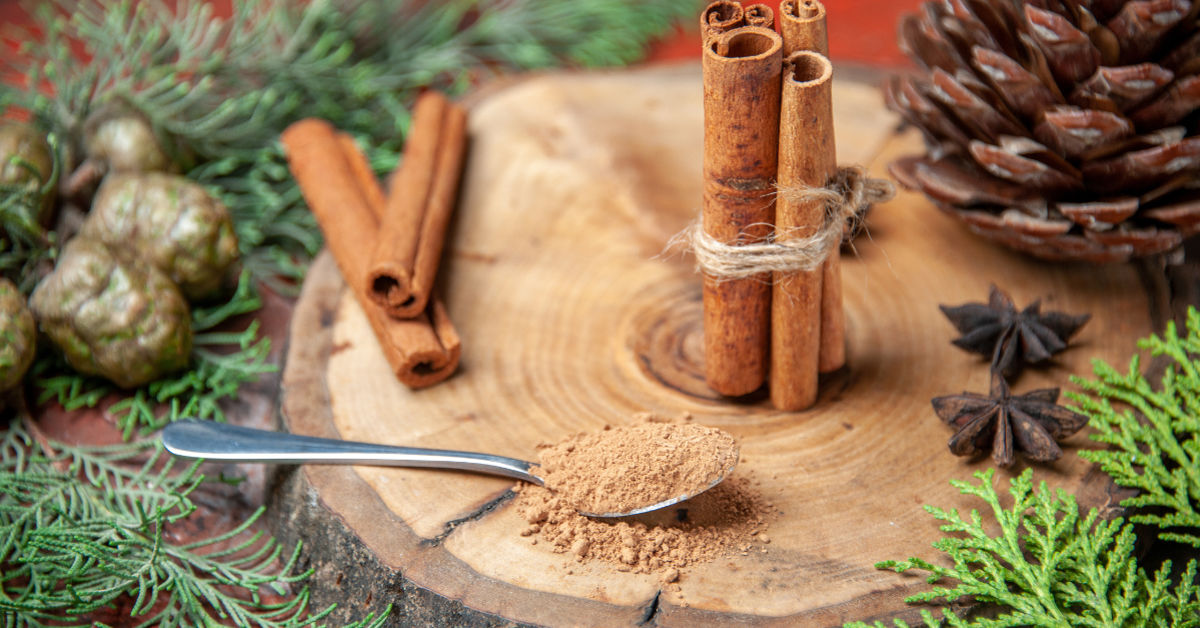Cinnamon has long held a place in history as a prized spice. From ancient rituals to modern-day coffee shops, it’s both familiar and mysterious. While today it’s celebrated in wellness circles for its anti-inflammatory and blood sugar-regulating properties, many are left wondering: when did cinnamon become popular as a superfood?
This article uncovers cinnamon’s transformation from a luxury good to an everyday pantry staple—and eventually, a nutritional powerhouse. We’ll explore its origins, cultural importance, scientific research, and how cinnamon found its way onto the superfood list.
The Ancient Allure of Cinnamon
Cinnamon’s story dates back over 4,000 years. It was used by the ancient Egyptians not only for flavoring food but also in embalming rituals and incense. Its sweet, woody aroma made it highly valued across early civilizations.
In fact, cinnamon was once more valuable than gold. Traders from Arabia controlled the cinnamon route for centuries, spinning myths to protect its true origins. By the 16th century, Portuguese explorers discovered its native land—Sri Lanka—and monopolized its trade. For a time, cinnamon was literally a colonial commodity.
But during these early centuries, cinnamon was cherished more for its rarity and fragrance than for any health benefits.
Cinnamon in Traditional Medicine
Long before modern science stepped in, cinnamon was widely used in traditional medicine systems.
Used In:
- Ayurveda (India): for digestion and respiratory ailments
- Traditional Chinese Medicine: to balance cold conditions with its warming effect
- Middle Eastern herbal practices: for circulation and immunity
Healers believed cinnamon had antibacterial and anti-inflammatory properties. However, without scientific validation, it remained classified more as a spice with potential than a proven health aid.
The Rise of the Superfood Movement
The concept of “superfoods” started gaining momentum in the late 1990s and early 2000s. As consumers grew more interested in food as medicine, nutrient-dense ingredients like blueberries, kale, and chia seeds began appearing on health blogs and wellness menus.
It was during this wave that cinnamon also started receiving attention—not just for taste, but for potential health benefits backed by emerging research.
When Did Cinnamon Become Popular as a Superfood?
Cinnamon began gaining popularity as a superfood between 2005 and 2012, as early scientific studies started linking it to potential blood sugar regulation and antioxidant properties.
A pivotal moment was a 2003 study published in Diabetes Care, which suggested that even small doses of cinnamon might help improve glucose and lipid levels in people with type 2 diabetes. While the study faced later scrutiny, it set off a cascade of interest in cinnamon as more than a flavor enhancer.
By the early 2010s, cinnamon began to appear in:
- Superfood smoothies
- Herbal supplements
- Functional teas
- Wellness articles and blog posts
The blend of cultural familiarity and newly discovered benefits made cinnamon especially appealing to the health-conscious public.
Scientific Backing: What Makes Cinnamon a Superfood?
Cinnamon contains several bioactive compounds that contribute to its superfood status. The most notable is cinnamaldehyde, which gives cinnamon its distinctive flavor and aroma.
Key Health Benefits:
- Helps regulate blood sugar levels
- Supports anti-inflammatory response
- Acts as a natural antimicrobial
- May help improve heart health
- Rich in antioxidants
Though more studies are needed to confirm large-scale effects, current research suggests that adding cinnamon to your diet in moderate amounts can support overall wellness.
Comparing Cassia vs. Ceylon: The Two Faces of Cinnamon
Not all cinnamon is created equal. There are two primary types you’ll find in grocery stores:
| Type of Cinnamon | Origin | Taste Profile | Key Differences |
| Cassia | China, Indonesia | Strong, spicy | Most common, cheaper, higher in coumarin |
| Ceylon | Sri Lanka | Mild, sweet | Known as “true cinnamon”, lower coumarin content |
Coumarin, found in higher quantities in Cassia, can be harmful in large doses. If you’re planning to use cinnamon daily for its health benefits, Ceylon cinnamon is considered the safer option.
Cultural Resurgence and Modern-Day Uses
Cinnamon’s appeal today goes beyond its medicinal value. It has become a culinary staple and seasonal favorite, especially in autumn-themed products and recipes.
Modern Uses of Cinnamon:
- Added to coffee and lattes
- Sprinkled on oatmeal and baked goods
- Blended into green smoothies
- Infused in teas and tonics
- Incorporated in savory spice rubs
Health enthusiasts have taken to cinnamon-infused drinks and “fat-burning” cinnamon waters, further driving its superfood status.
Table: Cinnamon’s Superfood Journey at a Glance
| Time Period | Milestone Event | Relevance to Superfood Status |
| Ancient Egypt | Used in mummification and incense | Cultural importance, no known health role |
| 1500s–1700s | Controlled by Portuguese traders | Economic value and rarity |
| 1800s | Commonly used in traditional medicine | Recognized for warming and digestive aid |
| 2003 | Study suggests blood sugar regulation | Sparked health-based interest |
| 2005–2012 | Widely adopted in wellness culture | Officially embraced as a superfood |
| Present | Used in both culinary and health routines | Dual role in nutrition and flavor |
Cinnamon and Blood Sugar: What the Research Says
The relationship between cinnamon and blood sugar management is perhaps its most publicized health benefit.
How it works: Cinnamon may enhance insulin sensitivity and slow the breakdown of carbohydrates in the digestive tract, helping reduce blood sugar spikes.
However, the results vary between individuals, and excessive intake (especially of Cassia) may not be advisable. Experts recommend using it as part of a balanced diet rather than a replacement for medication.
How Much Cinnamon Should You Use?
For general health support, studies suggest ½ to 1 teaspoon per day of cinnamon is a safe and potentially beneficial dose. Always consult a healthcare provider before beginning any supplement regimen, especially if you have underlying conditions.
Cinnamon in the Wellness Industry
As cinnamon gained recognition as a superfood, it started showing up in:
- Nutraceutical capsules
- Detox blends
- Functional foods
- Essential oils and natural remedies
Brands started marketing cinnamon as an ingredient that could boost metabolism, support digestion, and even enhance brain health. Influencers and wellness blogs played a significant role in its popularity.
Seasonal Popularity vs. Year-Round Potential
Despite being heavily associated with fall, cinnamon is incredibly versatile and can be used throughout the year.
Year-Round Pairings:
- Summer: Add to iced coffee or fruit salads
- Spring: Use in homemade granola or yogurt
- Winter: Brew into herbal teas
- Fall: Pair with apples, pumpkins, and baked treats
Its versatility and flavor make it an easy way to add both taste and health benefits to a variety of dishes.
Final Thoughts
So, when did cinnamon become popular as a superfood? The answer lies in a combination of ancient use, cultural tradition, scientific discovery, and a modern appetite for natural wellness. Cinnamon went from being a luxury trade spice to a common seasoning—and finally, a celebrated health food.
Whether you use it for flavor or function, cinnamon continues to prove itself as a powerhouse ingredient worth keeping in your diet year-round.
Frequently Asked Questions (FAQ)
Q1: When did cinnamon become popular as a superfood?
Between 2005 and 2012, following scientific studies that suggested health benefits like blood sugar regulation and antioxidant properties.
Q2: What are the health benefits of cinnamon?
Cinnamon may help with blood sugar control, inflammation, digestion, heart health, and has antimicrobial effects.
Q3: Is all cinnamon the same?
No. Ceylon cinnamon is considered “true cinnamon” and is lower in coumarin, making it safer for regular use compared to Cassia.
Q4: Can cinnamon help with weight loss?
While not a miracle cure, cinnamon may support metabolism and blood sugar control, which can aid in weight management when combined with a healthy lifestyle.
Q5: How much cinnamon is safe to consume daily?
Up to 1 teaspoon per day is generally safe for most people. Use Ceylon cinnamon if consuming daily.







